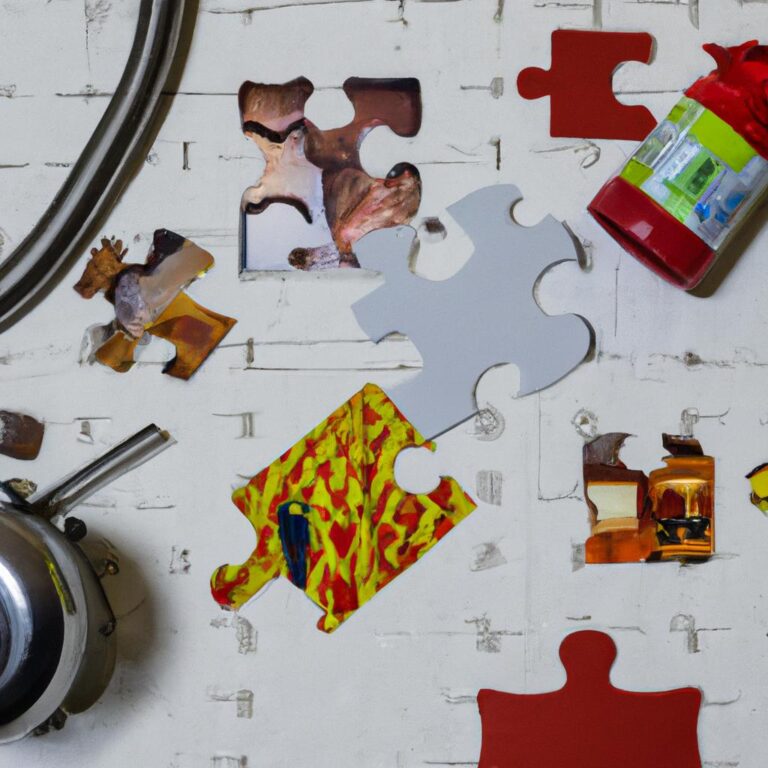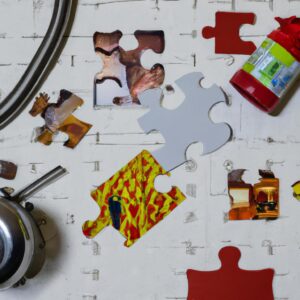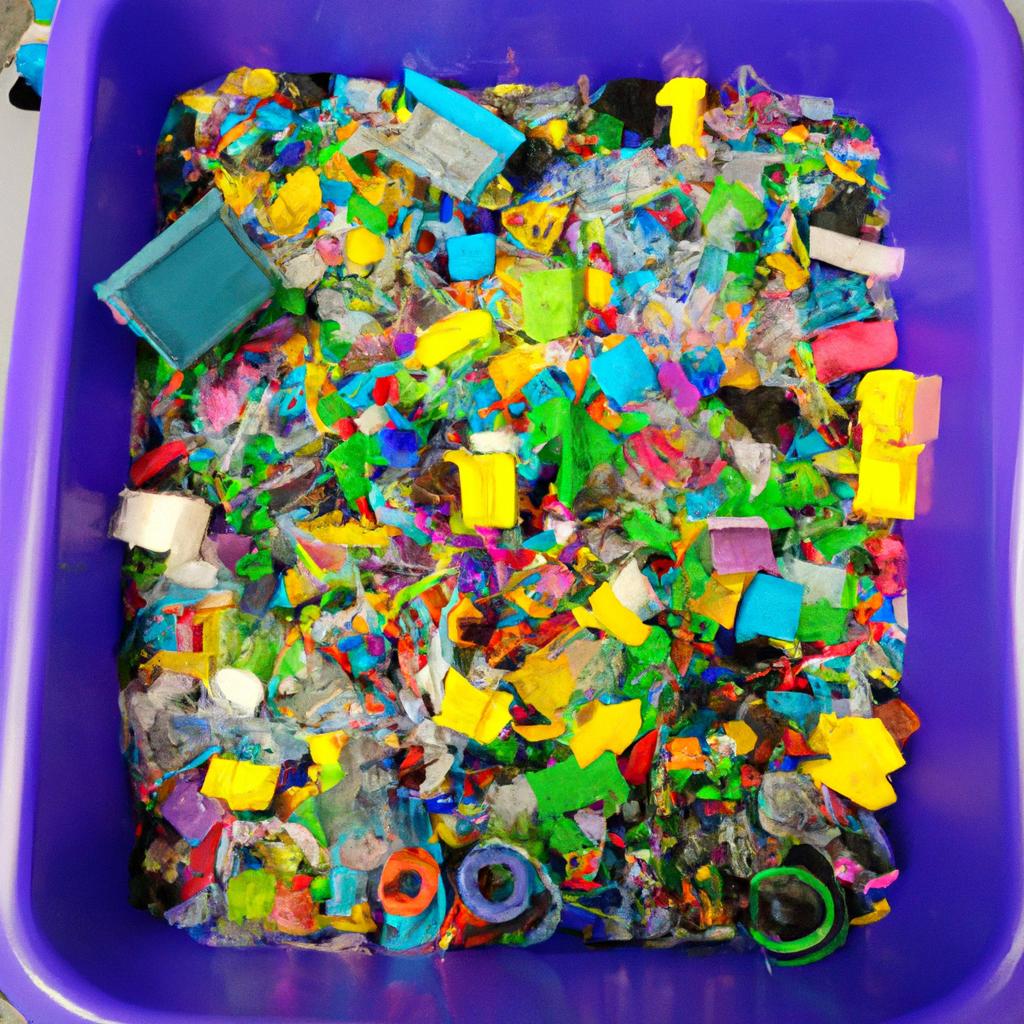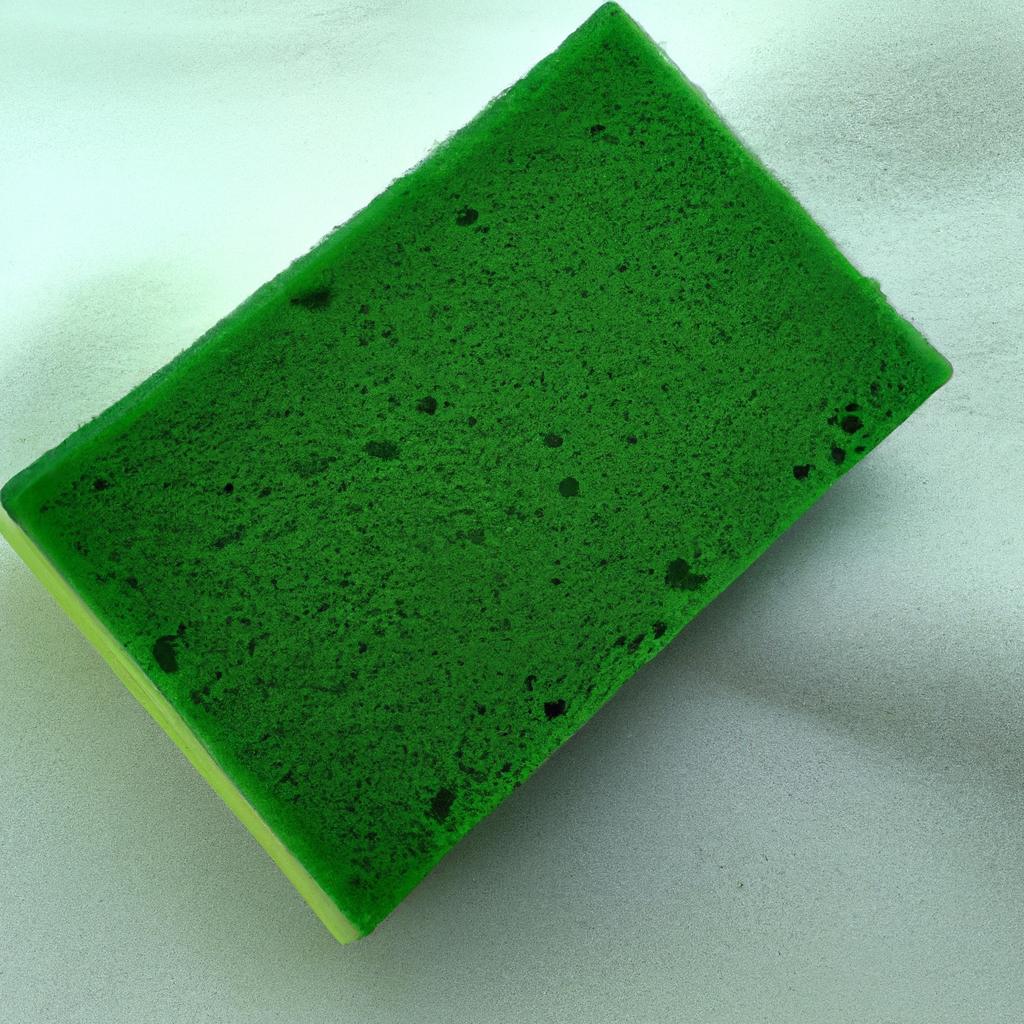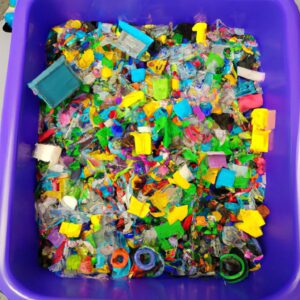Introduction
Toys are an essential part of a child’s development, providing learning and play opportunities as well as nurturing their sense of creativity. But when it comes to toys, safety is paramount. Toy safety standards and recalls help to ensure that children are kept safe while playing with their toys, and it is important for parents and caregivers to be aware of the different regulations in place. This guide will explain the importance of toy safety standards, how to identify safe them, what to do if a toy has been recalled, and much more.
Toy safety standards are essential to ensure the well-being of children when using toys. Standards organizations such as ASTM International and CE Marking put in place regulations that define minimum safety requirements for imported and locally produced toys. These regulations cover a wide range of issues, including toxicity levels, choking hazards, flammability, age appropriateness, and electrical safety.
Each set of regulations has specific testing requirements that must be met in order for products to pass, ensuring that all toys on the market are safe for children. This adds an extra layer of protection by protecting consumer rights and providing assurance that the products they are buying will not cause harm to their child’s health.
In addition to these regulations, organizations such as the U.S. Consumer Product Safety Commission (CPSC) provide up-to-date recall information and alert consumers to potential dangers associated with toys and other products. The CPSC warns consumers about dangerous toys that have been identified by government agencies or private groups. This can help parents and caregivers stay informed and make educated decisions when purchasing toys.
HealthyStuff.org is another organization that helps protect children from unsafe toys. They conduct tests on toys to identify potential hazards, and their online database provides detailed information on the levels of hazardous chemicals present in popular toys. This can help parents make informed decisions about which products are safe for their children.
Toy recalls: Overview
Toy recalls are issued when a toy or other child’s product is identified as a potential danger to children. They can include any product intended for children from birth to age 12, including, but not limited to, toys, cribs, clothing, car seats, and books. Different types of safety hazards may require a recall, including choking, strangulation, and fire and burn hazards.
Products that have been recalled can range from those that are mass produced or distributed widely, to those made only in small batches or sold by small retailers. All companies, from large manufacturers to smaller businesses, are strictly regulated and can be subject to recalls.
It is important to be aware of product recalls and remove any potentially dangerous items from use. By being informed of product recalls and safety standards, parents, caregivers, and anyone else involved in the purchase and care of children’s products can help ensure the safety of those who use them.
Existing regulation in the US and EU
As children’s safety is of paramount importance, regulations have been put in place to ensure that toys are safe for use. In the United States, the Consumer Product Safety Commission (CPSC) put in place robust toy safety standards that apply to toys sold within the United States.
In Europe, the European Commission has established mandatory standards for toys which are applicable in all 28 member states of the EU. Both the US and the EU standards require all toys to carry a CE marking indicating that they meet the requirements of the necessary regulation.
When it comes to regulations on the materials used in toys, the US and EU have adopted different approaches. In the EU, REACH regulations have been established which restricts the use of hazardous substances in toy production. In the US, the CPSC has banned the use of
- certain phthalates
- heavy metals like lead and cadmium
- formaldehyde
- azobenzenes
for the production of toys.
Overall, both the US and the EU have comprehensive standards in place for toys, although they may vary in certain aspects. It is important for parents and caregivers to be aware of both when purchasing toys for their children.
Overview of Non-Government Organizations Involved in Toy Safety Standards
When it comes to toy safety, parents and caregivers need to be aware of the regulations put in place not only by government agencies, but also by non-government organizations like the U.S. Consumer Product Safety Commission (CPSC) and HealthyStuff.org.
The CPSC is an independent federal regulatory agency that regulates the manufacturing, importation, and sale of consumer products. The CPSC works to ensure that products are not hazardous to the public, especially children, and seeks to prevent injuries and deaths associated with toys. They are also responsible for implementing product recalls, setting safety standards, issuing safety alerts and publicizing safety information.
HealthyStuff.org is another non-profit organization that advocates for increased regulation when it comes to toy safety. They conduct research to identify potentially hazardous materials used in toy production, such as lead and phthalates, and offer resources to help parents and caregivers identify these materials and their associated risks.
Both the CPSC and HealthyStuff.org work to promote the health and safety of consumers and provide valuable resources for parents and caregivers looking to make informed decisions when purchasing toys.
When buying toys for children, it is important to consider safety factors such as age appropriate materials, construction, and design. Evaluating product claims is also important in order to understand what the toy’s intended purpose is and how it is designed. Below are some tips to help identify safe children’s toys:
Age Appropriate Materials
Many toys use materials such as plastics, rubber, and small pieces that may pose a choking hazard if they are small enough to fit in a two-inch circle. Look for labels that indicate the age range the toy is suitable for. Pay close attention to the size of any removable or movable parts to ensure they are not small enough to be swallowed.
Durability
Check for quality construction and look for signs of wear or damage. Avoid buying used toys that have loose or broken parts or frayed cords.
Design
Some toys are easier to use than others and should be easy to assemble and take apart without tools. Toys that have sharp edges or that can pinch hands or feet should be avoided. Try to look for toys that are lightweight, well balanced, and contain few parts with no projecting pieces that may cause a child to fall.
Product Claims
Evaluate product claims to make sure the toy is appropriate for the age of the child. If a product claims it is suitable for children over the age of nine, avoid giving it to a four-year-old. Similarly, check whether the product contains any small parts which might be swallowed or inhaled.
Regulations Around Labeling
When it comes to toy safety, one of the most important things to look for on product packaging is labeling. Labeling standards are in place to provide information about potential hazards, age restrictions, and instructions for safe handling and assembly. The US Consumer Product Safety Commission and European Union have both established labeling requirements for toys, including warnings or cautions where appropriate.
In the US, look for the age recommendation for the toy, typically two-numbers separated by a hyphen, such as “3-5”. This indicates the age range for which the toy is intended, and is usually displayed prominently on the front of the packaging. Additionally, there should be warnings or cautions for any potential choking hazard, such as small parts that might present a danger to young children. Toy packaging may also include other safety information that’s important for parents to take note of, such as proper assembly instructions or warnings about magnets.
The EU has similar regulations in place, including age labeling and warnings or cautions. However, additional rules regarding safety measures, such as non-toxic materials and mechanical strength testing, are also imposed on EU toy manufacturers.
Protecting against Dangerous Toys
It’s essential for parents and caregivers to take the necessary steps to protect children from dangerous toys. There are a few key tips to keep in mind when screening products and evaluating potential risks associated with toys before making a purchase.
- Check safety labels: Always make sure to read the safety label before buying a toy, especially if you have younger children. The label should include the manufacturer’s name, address, phone number, and website, as well as any age recommendations.
- Inspect toys regularly: Check for any loose parts, sharp edges or toxic substances on the toy. Regularly inspect toys for any signs of wear and tear, and immediately discard any toys that are damaged or broken.
- Avoid small parts: For smaller children, always opt for toys without small parts or ones with a separate section for small parts, as they can be a choking hazard. Additionally, look for any toys with fins, wings, or other parts that can be easily detached by a child.
- Verify product claims: When purchasing toys online, take the time to verify product claims. Look out for any false statements and consider reviews from other customers when available.
These are just a few of the tips for ensuring toy safety and protecting children from any potential risks. Parents and caregivers should be conscious and proactive when selecting toys to ensure their safety and the health and wellbeing of their children.
Becoming Aware of Product Recalls
For parents and caregivers, staying informed about toy recalls is essential to ensuring their childrens’ safety. Government sources such as the U.S. Consumer Product Safety Commission and HealthyStuff.org provide up to date information about any product recalls, including those for toys. Other third-party organizations also provide recall information on a range of products.
Recall information can be found online or traded through word of mouth. Some manufacturers may also have recall information on their own websites, or be able to provide information via email or over the phone. Parents and caregivers should check both government and third-party websites regularly to ensure that they are aware of any potential recalls.
By staying informed with recall information, parents and caregivers can take proactive steps to ensure their children’s safety when using toys. It is important to remain vigilant about product recalls in order to minimize any potential risks associated with children’s toys.
Caring for a Recalled Toy
If a toy you already own is recalled, it is important to take the necessary steps to ensure that the toy is safe for use. There are several ways to do this:
- Check the government recall website for any information about the product.
- Contact the company making the toy to ask for more detailed instructions.
- Return the toy to the store or manufacturer if instructed to do so.
- Follow the instructions provided by the company and government sites.
- Discard the toy in the specified manner if instructed.
It is also important to keep in mind that some recalled toys may be repairable. If the toy can be fixed, follow the manufacturer’s instructions to do so. Lastly, stay updated on the latest toy safety recalls and standards to avoid buying potentially unsafe products for your children.
Staying Informed on Toy Safety Standards and Recalls
It is important for parents and caregivers to stay informed about toy safety standards and recalls to ensure the safety and well-being of children. Toy safety standards are developed by organizations such as ASTM International to protect children when playing with toys. Additionally, regulators such as the U.S. Consumer Product Safety Commission and HealthyStuff.org routinely issue product recalls for toys that do not meet safety standards.
When considering a toy purchase, it is important to take into account specific safety factors such as age appropriateness and potential choking hazards. It is also important to be aware of existing regulations in the US and the EU, which provide detailed guidelines on toy safety standards. Furthermore, labels on packaging can be helpful in determining if a product meets safety standards.
To protect against dangerous toys, it is important to be vigilant when screening products and watch out for potential risks associated with toys. Becoming aware of product recalls can also be instrumental in ensuring toy safety, as these reports contain important information regarding defective products. In the event of a toy recall, parents and caregivers should take the necessary steps to ensure the safety of their child.
In summation, staying informed about toy safety standards and recalls is essential for the safety of children. From researching products to staying up to date with recall information, there are many proactive steps that parents and caregivers can take to ensure a safe playing environment for their children.
By taking the time to understand toy safety standards and to stay aware of product recalls, parents and caregivers can provide a safe environment for children to explore and play.
Conclusion
It is essential that parents and caregivers take all necessary steps to ensure the safety of their children. Staying informed on regulations, safety standards and product recalls is an important part of this process. By understanding which products are subject to regulations, identifying labeling standards and utilizing recall information, parents and caregivers can be confident that they are taking the necessary steps to keep their children safe.
While it may seem daunting to stay up to date on toy safety standards and recalls, there are many helpful resources available to help make this task easier. With a little bit of research and dedication, parents and caregivers can make sure their children are playing with safe and appropriate toys.
comments: 0
